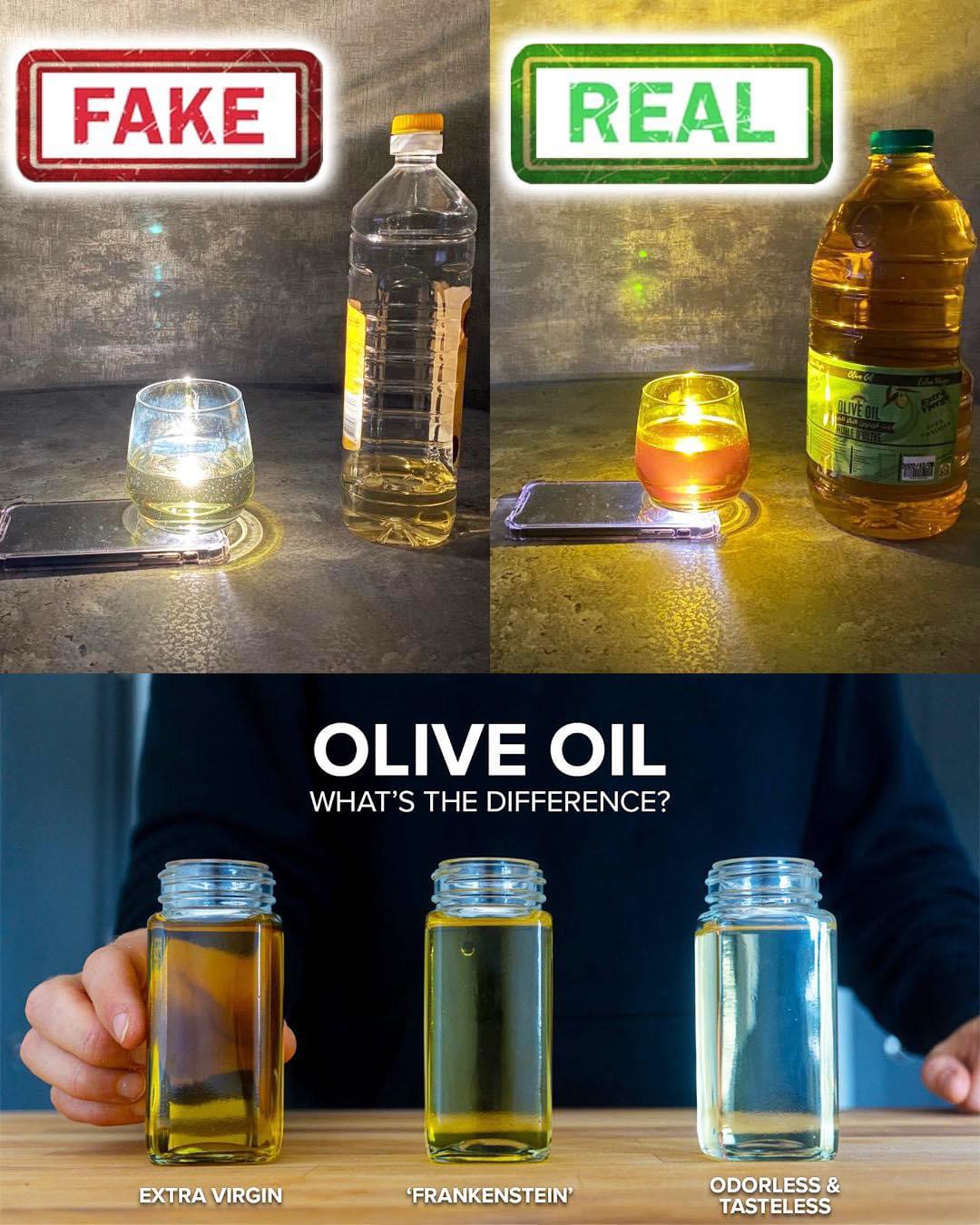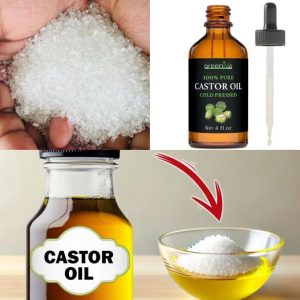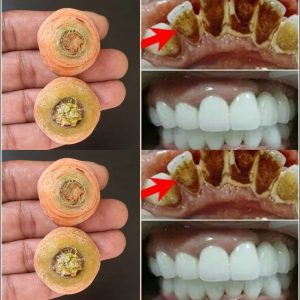
In recent years, concerns about adulterated or fake olive oil have grown significantly. This counterfeit olive oil, often referred to as “Frankenstein” olive oil, poses serious issues regarding health, quality, and consumer trust. This article provides practical advice on how to distinguish real olive oil from its fraudulent counterparts.
Understanding Olive Oil Types
Extra Virgin Olive Oil (EVOO)
Extra virgin olive oil is the highest quality olive oil, made from pure, cold-pressed olives. It has a superior taste and retains more natural vitamins and minerals. It is known for its distinct flavor and aroma.
Frankenstein Olive Oil
This term describes adulterated olive oil that has been mixed with cheaper oils or chemically altered to mimic the appearance and taste of genuine olive oil. It often lacks the health benefits and rich flavor of real olive oil.
Odorless and Tasteless Olive Oil
Odorless and tasteless olive oil has undergone extensive processing, removing its natural flavors and aromas. While not necessarily fake, it is of lower quality compared to extra virgin olive oil.
Tips for Identifying Real Olive Oil
1.Transparency Test Method: Pour some olive oil into a transparent glass and place the glass on your phone’s camera flash. Turn on the flash and observe the oil through the light. Why It Works:Real olive oil has a natural greenish-golden hue and will appear slightly cloudy. Adulterated oils may look too clear or overly bright due to added chemicals.
2.Refrigeration Test Method: Put a small amount of olive oil in a refrigerator for about 30 minutes. Real olive oil will solidify and become cloudy. Why It Works: Real olive oil contains monounsaturated fats that solidify at cold temperatures, whereas many adulterated oils remain liquid.
3.Taste and Smell Test Method: Taste a small amount of olive oil and smell it. Real olive oil should have a peppery, slightly bitter taste and a fruity aroma. Why It Works: Genuine extra virgin olive oil has distinctive flavors and aromas that are absent in most fake or heavily processed oils.
4.Bottle Label Test Method: Check the label for details such as harvest date, region of origin, and certification logos from reputable organizations. Why It Works: Authentic producers provide detailed information about the oil’s origin and quality. Lack of such information can be a red flag.
5.Price Check Method: Compare prices of different olive oils. If the price seems too good to be true, it probably is. Why It Works: High-quality extra virgin olive oil requires careful processing and is more expensive. Extremely low prices can indicate adulteration.
6.Cooking Behavior Test Method: Heat a small amount of olive oil in a pan. Real olive oil should emit a fruity smell and lightly smoke. Why It Works: Adulterated oils often have higher smoke points and might smell differently when heated.
Importance of Vigilance
The presence of fake olive oil in the market undermines consumer trust and poses health risks. Regulatory authorities continue to monitor and test olive oil supplies to ensure authenticity and safety.
Empowering Consumers
Understanding these simple tests empowers you to verify the authenticity of olive oil before use, ensuring quality and safety for you and your family. Being equipped with this knowledge can provide peace of mind and help maintain the integrity of genuine olive oil producers.





